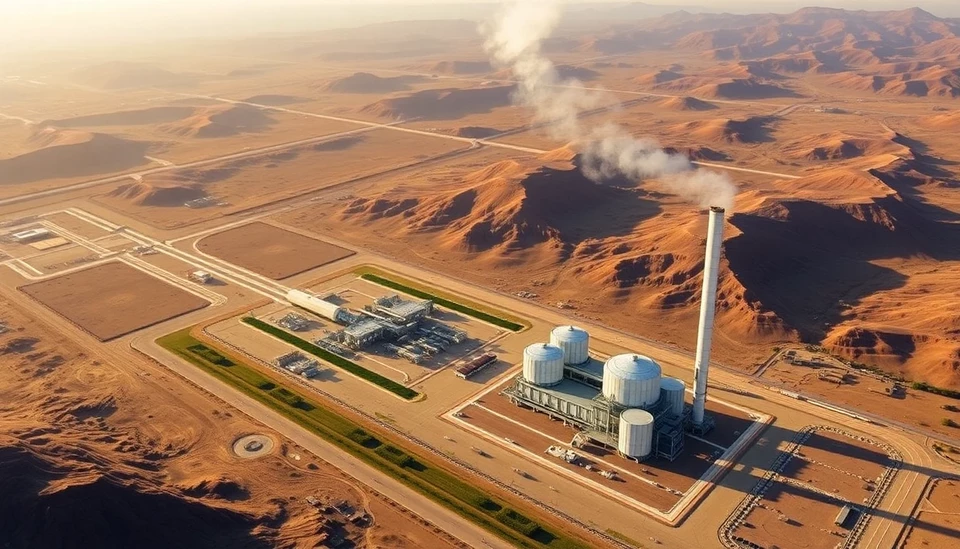
In a significant move that reflects the booming demand for oil in the Asian markets, Saudi Aramco, the world's largest oil producer, has raised its oil pricing for customers in Asia. This adjustment comes against the backdrop of soaring crude prices across the Middle East, driven by a combination of increased global demand and geopolitical tensions that are influencing supply levels.
The decision to elevate prices comes amid reports indicating that oil demand in Asia is picking up as economies rebound. Saudi Aramco has set its official selling prices (OSPs) for its flagship Arab Light crude for March shipments to Asian buyers, lifting them by 50 cents per barrel. This price increase surpasses expectations and is expected to make Saudi crude more expensive than oil refereed to as Brent Global Benchmark, which is highly relevant in the international oil trade.
This rise in pricing aligns with a broader trend observed in the oil market, where crude prices have escalated due to a surplus of demand compared to supply. Factors such as the OPEC+ production cuts, which have been in effect to support prices, alongside numerous geopolitical factors in vital oil-producing regions are creating a ripple effect, pushing crude values to newer heights. Analysts suggest that this increase will likely pass on to consumers, affecting fuel prices throughout the Asia-Pacific region.
As a response to these market dynamics, several refineries in Asia are evaluating their purchasing strategies, with many looking to secure their supplies in anticipation of further price increases. The recent surge in oil prices has also brought into focus regional tensions, particularly in the Middle East, which can further destabilize the already fluctuating oil supply, adding pressure on market players.
This price adjustment by Saudi Aramco not only underscores its prominent role in the global oil market but also reflects the ongoing recovery trend in many Asian economies as they emerge from the pandemic's impacts. With travel restrictions easing, industrial activity ramping up, and consumer demand rebounding, Asia is poised to be the focal point for the oil market's future growth and fluctuations.
Looking ahead, industry experts remain vigilant about the implications of these price hikes not only for crude markets but for global economic stability. Significant price increases can lead to inflationary pressures on consumer goods, while also impacting various sectors reliant on oil, from transportation to manufacturing.
As Saudi Aramco continues to navigate these complex dynamics, stakeholders across the globe will closely monitor the situation, understanding that oil prices remain a critical bellwether for economic health both regionally and globally.
#SaudiAramco #OilPrices #CrudeOil #Asia #OPEC #Geopolitics #FuelPrices #Economy #GlobalTrade
Author: Samuel Brooks




